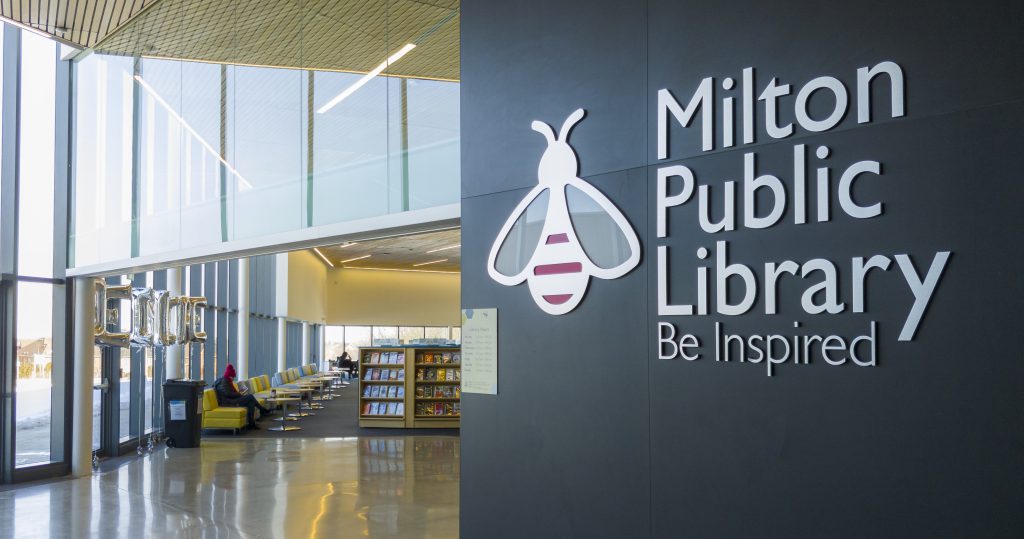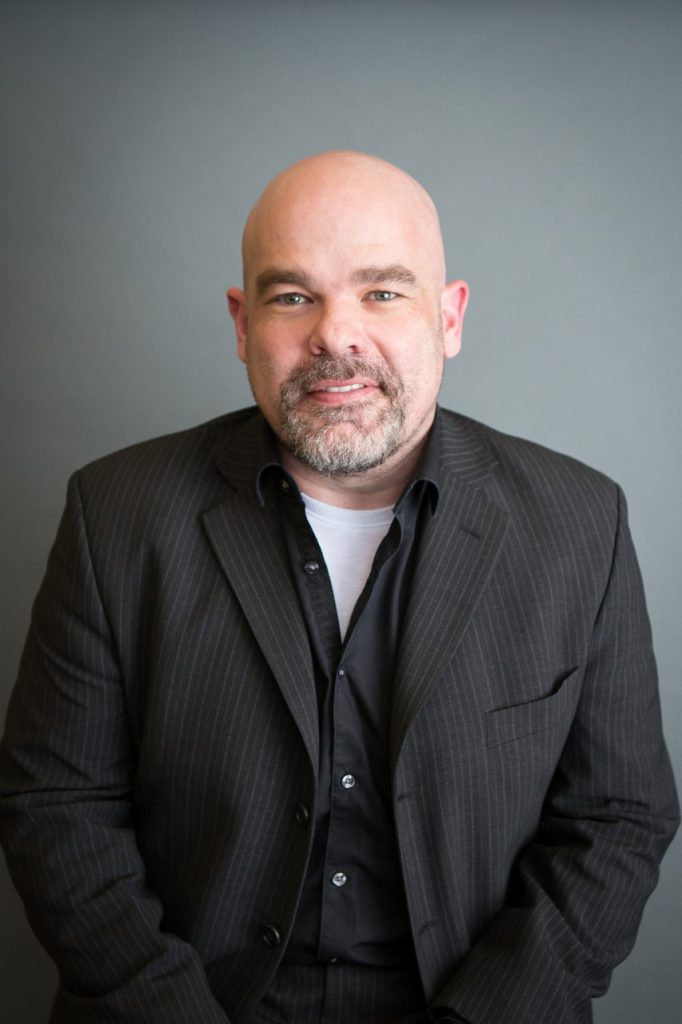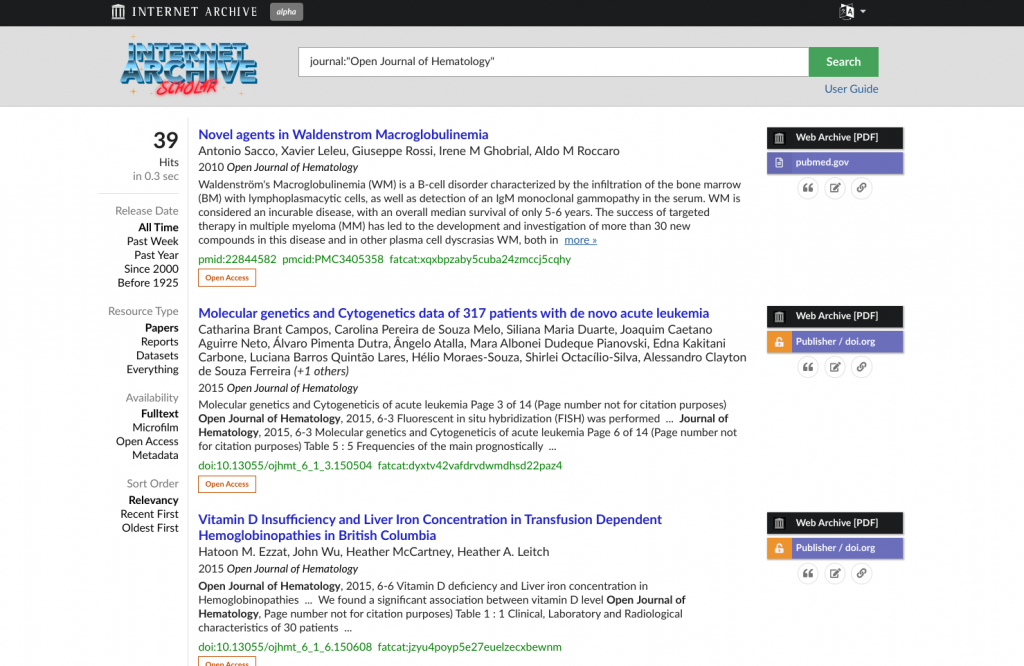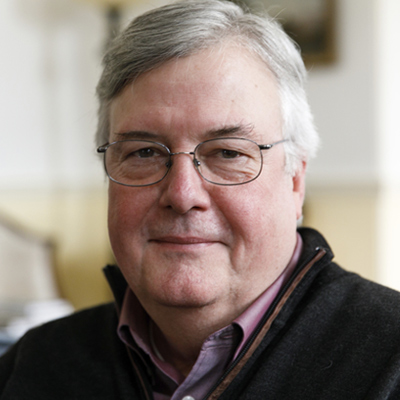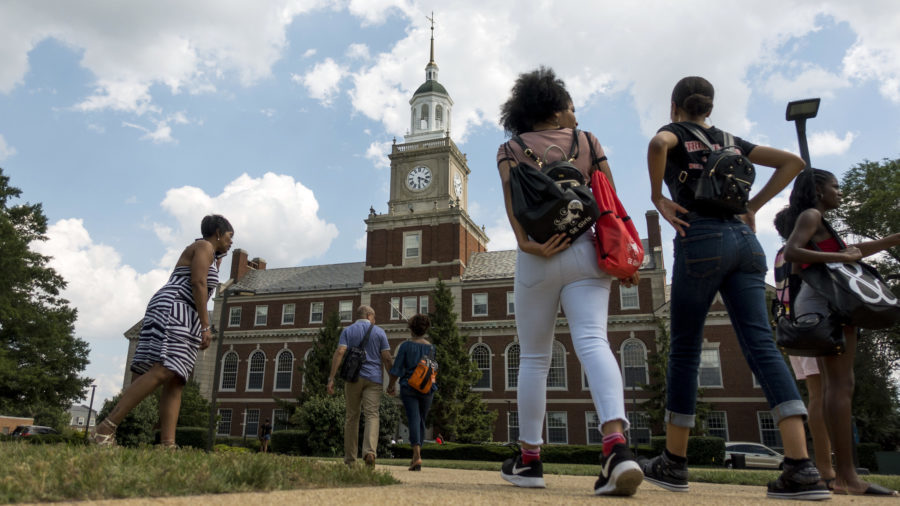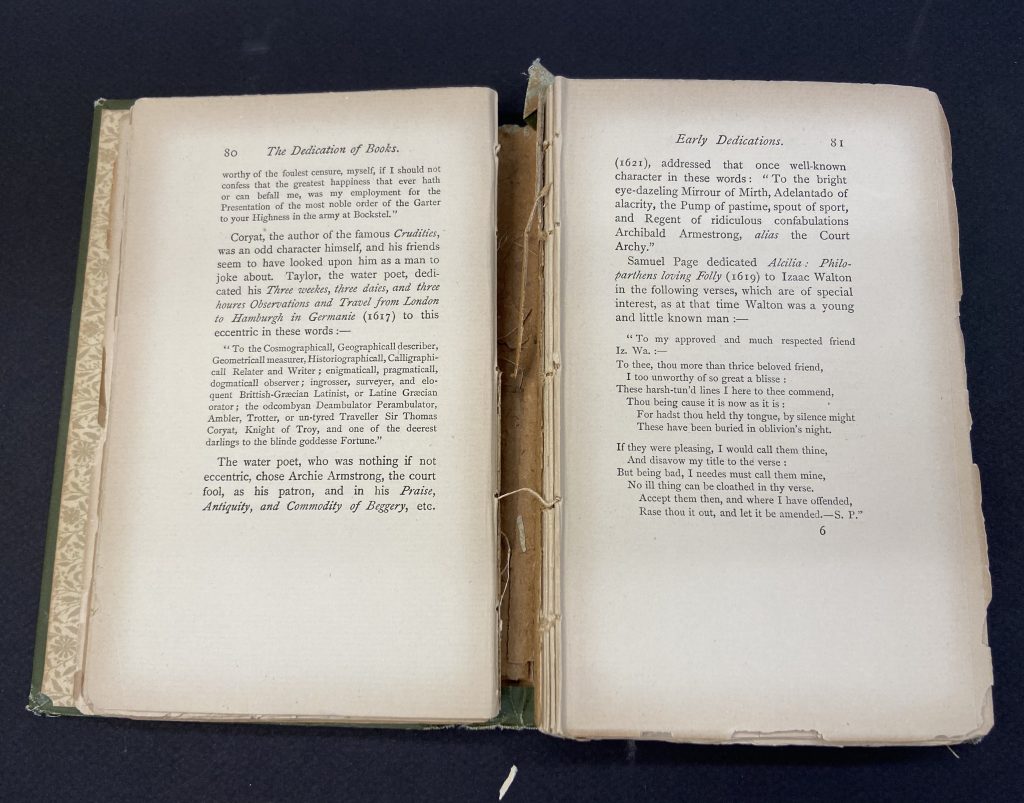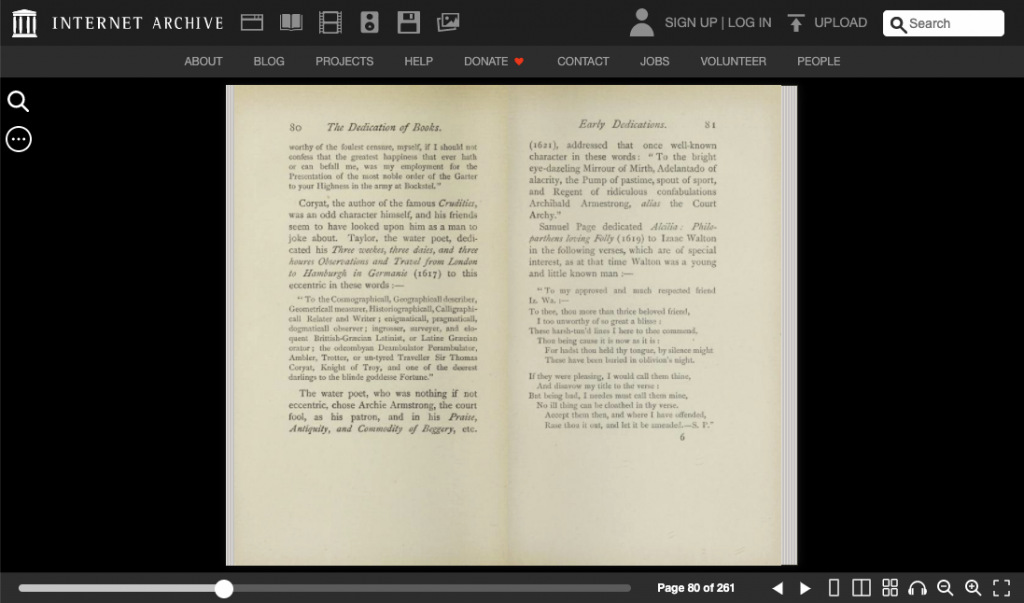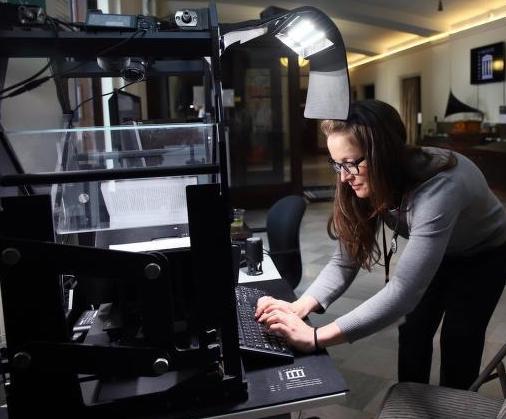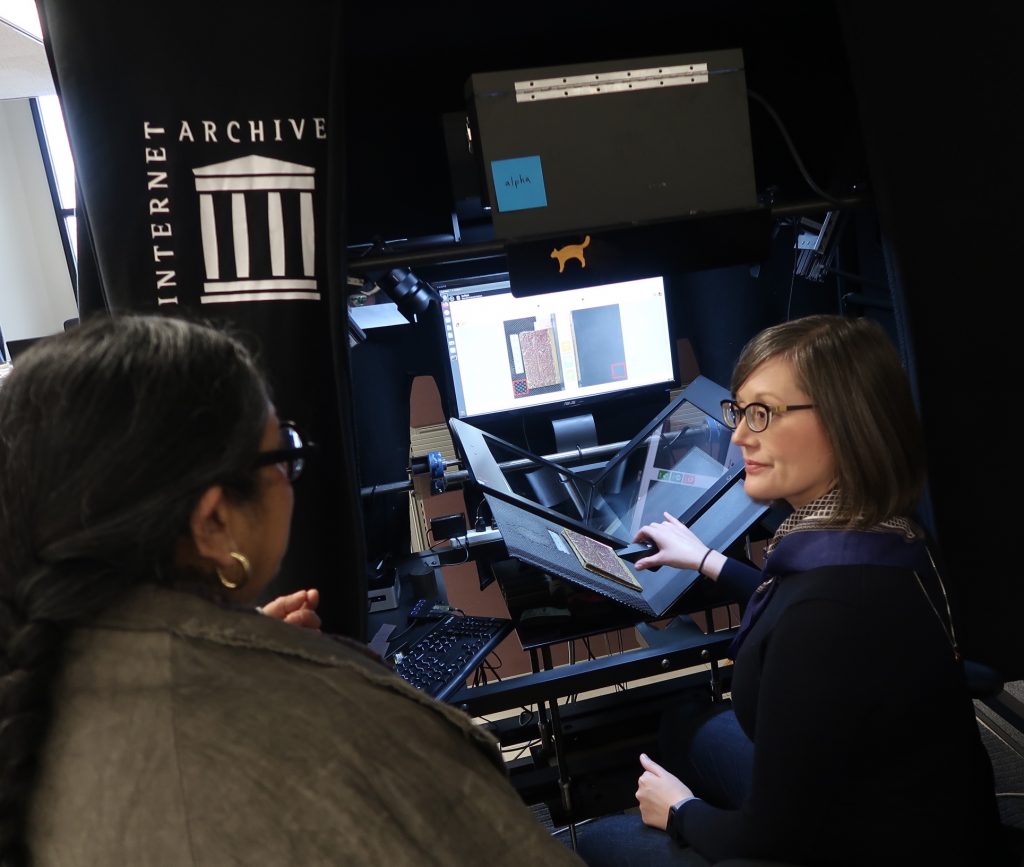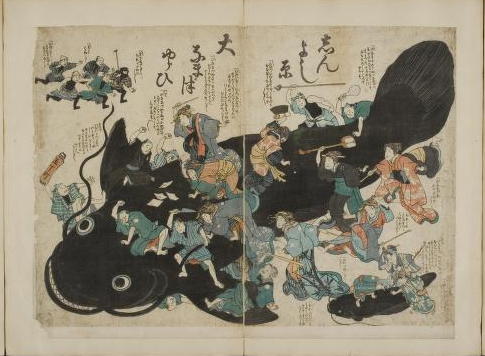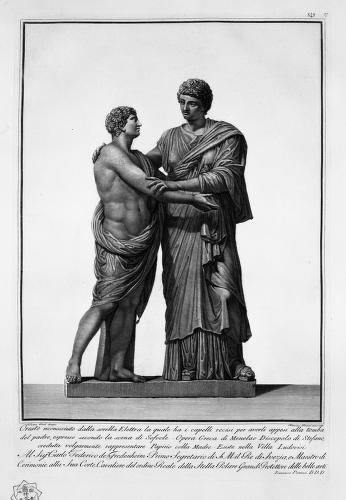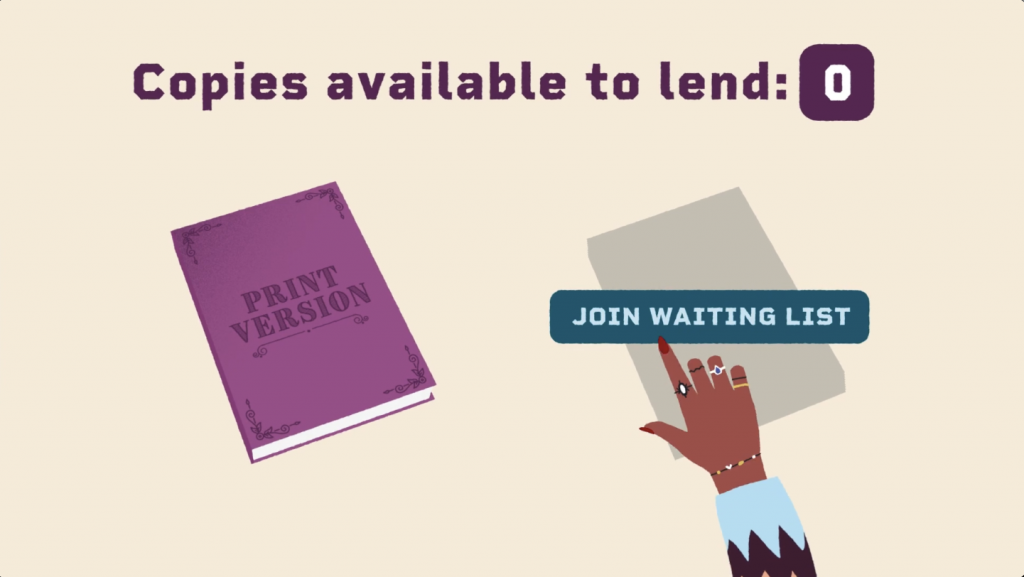In July, we announced our partnership with the Archives Unleashed project as part of our ongoing effort to make new services available for scholars and students to study the archived web. Joining the curatorial power of our Archive-It service, our work supporting text and data mining, and Archives Unleashed’s in-browser analysis tools will open up new opportunities for understanding the petabyte-scale volume of historical records in web archives.
As part of our partnership, we are releasing a series of publicly available datasets created from archived web collections. Alongside these efforts, the project is also launching a Cohort Program providing funding and technical support for research teams interested in studying web archive collections. These twin efforts aim to help build the infrastructure and services to allow more researchers to leverage web archives in their scholarly work. More details on the new public datasets and the cohorts program are below.
Early Web Datasets
Our first in a series of public datasets from the web collections are oriented around the theme of the early web. These are, of course, datasets intended for data mining and researchers using computational tools to study large amounts of data, so are absent the informational or nostalgia value of looking at archived webpages in the Wayback Machine. If the latter is more your interest, here is an archived Geocities page with unicorn GIFs.
GeoCities Collection (1994–2009)
As one of the first platforms for creating web pages without expertise, Geocities lowered the barrier of entry for a new generation of website creators. There were at least 38 million pages displayed by GeoCities before it was terminated by Yahoo! in 2009. This dataset collection contains a number of individual datasets that include data such as domain counts, image graph and web graph data, and binary file information for a variety of file formats like audio, video, and text and image files. A graphml file is also available for the domain graph.
GeoCities Dataset Collection: https://archive.org/details/geocitiesdatasets
Friendster (2003–2015)
Friendster was an early and widely used social media networking site where users were able to establish and maintain layers of shared connections with other users. This dataset collection contains graph files that allow data-driven research to explore how certain pages within Friendster linked to each other. It also contains a dataset that provides some basic metadata about the individual files within the archival collection.
Friendster Dataset Collection: https://archive.org/details/friendsterdatasets
Early Web Language Datasets (1996–1999)
These two related datasets were generated from the Internet Archive’s global web archive collection. The first dataset, “Parallel Language Records of the Early Web (1996–1999)” provides a dataset of multilingual records, or URLs of websites that have the same text represented in multiple languages. Such multi-language text from websites are a rich source for parallel language corpora and can be valuable in machine translation. The second dataset, “Language Annotations of the Early Web (1996–1999)” is another metadata set that annotates the language of over four million websites using Compact Language Detector (CLD3).
Early Web Language collection: https://archive.org/details/earlywebdatasets
Archives Unleashed Cohort Program
Applications are now being accepted from research teams interested in performing computational analysis of web archive data. Five cohorts teams of up to five members each will be selected to participate in the program from July 2021 to June 2022. Teams will:
- Participate in cohort events, training, and support, with a closing event held at Internet Archive, in San Francisco, California, USA tentatively in May 2022. Prior events will be virtual or in-person, depending on COVID-19 restrictions
- Receive bi-monthly mentorship via support meetings with the Archives Unleashed team
- Work in the Archive-It Research Cloud to generate custom datasets
- Receive funding of $11,500 CAD to support project work. Additional support will be provided for travel to the Internet Archive event
Applications are due March 31, 2021. Please visit the Archives Unleashed Research Cohorts webpage for more details on the program and instructions on how to apply.

